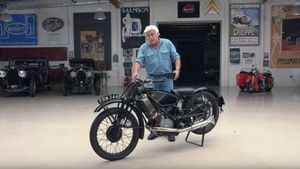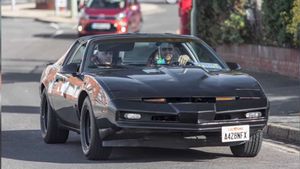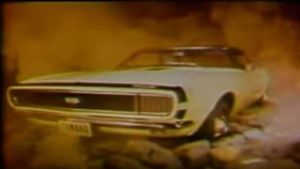It's the supercar that proved you didn't require Italian pedigree to go quickly. As the Honda/Acura NSX turns 30 years-old, we take a look back at this iconic machine
It’s February 1989. Crowds gather around Acura's display stand at the Chicago Auto Show. Beneath a silk sheet lurks Japan's hotly debated, close-to-production concept car; a vehicle Ferrari has already scoffed at. Furthermore, pundits believe the car will provide only a whisper of what has been promised. Tough gig.
To applauding crowds, the Acura NS-X concept (Honda NSX in Europe and Asia) was revealed as the marque’s first supercar, yet even those present for the public unveiling couldn't have predicted the car's success. Destined for legendary status, when the NSX first hit showrooms in 1990, the performance car landscape changed forever.
'
The NSX represented more than just another fast car on the market. Japan had engineered a machine to wage war upon Europe's greatest supercars, but retain the Honda/Acura ethos of functional and durable design. While delicate Ferrari and Lamborghini vehicles of the era spent much of their time in the workshop, the NSX remained free to introduce a supercar capable of daily use without potential breakdowns. Or fires.
Honda’s NSX (New Sports car eXperimental) pioneered the notion of an ‘everyday supercar’. By weaving reliability, lower running costs, and strong ergonomics into the vehicle's DNA, new ground was broken. A great example of this was the cabin, as not only did everything feel well screwed together, but driver visibility was unrivalled by its contemporaries.

Reversing a Ferrari into the garage during the late 1980s required the employment of a full-time banksman, but the NSX’s F-16 inspired canopy design meant that all-around visibility was excellent.
However, supercars don’t impress with how much shopping you can fit in the trunk - it's all about peefromance. The NSX didn't disappoint, churning out 274 hp from a 3.0-litre V6 VTEC engine, performance equal the rivals of the day. Fitted with five-speed manual transmission, this car could get from 0-60mph in 5.9 seconds — the same figures boasted by the Ferrari 348, a car $40,000 more expensive.
The NSX was always about more than just straight-line speed, though. It was the first car to be built using an aluminum monocoque chassis, something that kept it light and rigid. Legendary Formula One champion Ayrton Senna was even brought in to assist with final developments in the design, shaping the new-comer into a true driver’s car.
While many supercars have their merits scrutinized by enthusiasts , the NSX remains one of the automotive world’s universally respected machines.
The NSX evolved over a 15-year production run. Eventually powered by a larger 3.2-litre engine amid a series of chassis tweaks to further sharpen the vehicle's handling, the supercar soon proved itself as the technological benchmark for rivals to match. This car also ushered in the world’s first Type-R in the form of the Japan-only NSX Type-R of 1992. The hardcore Honda was a particular highlight in the vehicle's timeline, as was the 2002 NSX-R successor.
After production ended in 2005, Honda had no new model to offer in its place. It would take another decade for the NSX to rise from the ashes as a modern-day challenge to the establishment, just like its forefather.
It has been 30 years since the Honda NS-X Concept of 1989, a show car that went on to become a living legend.




